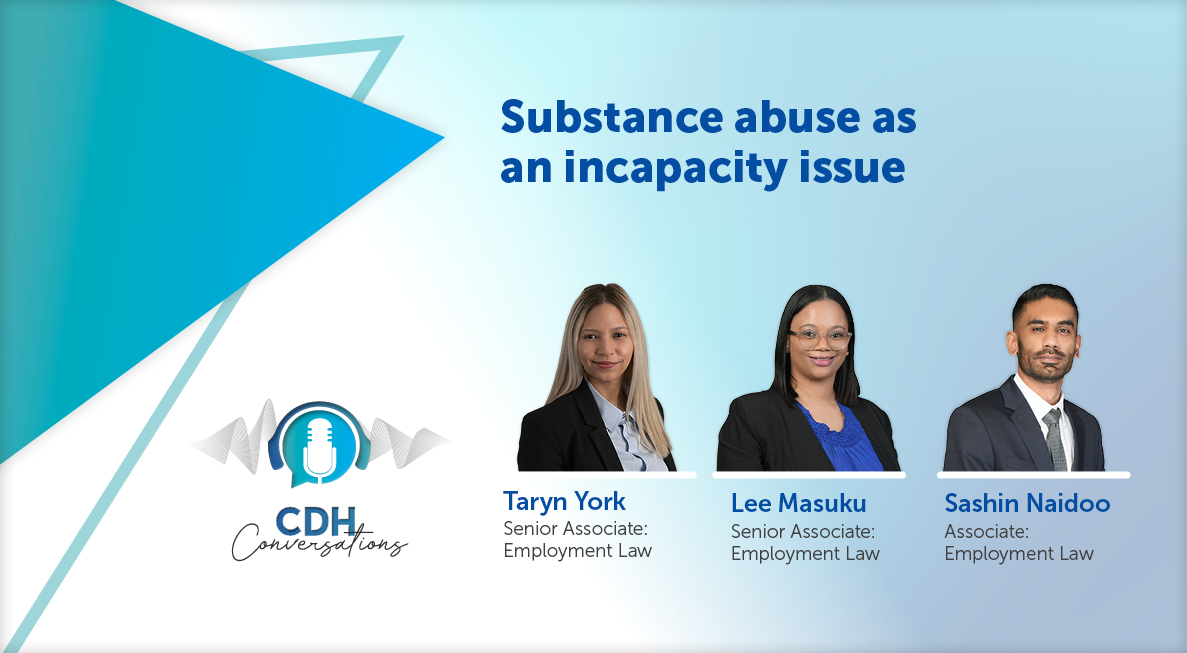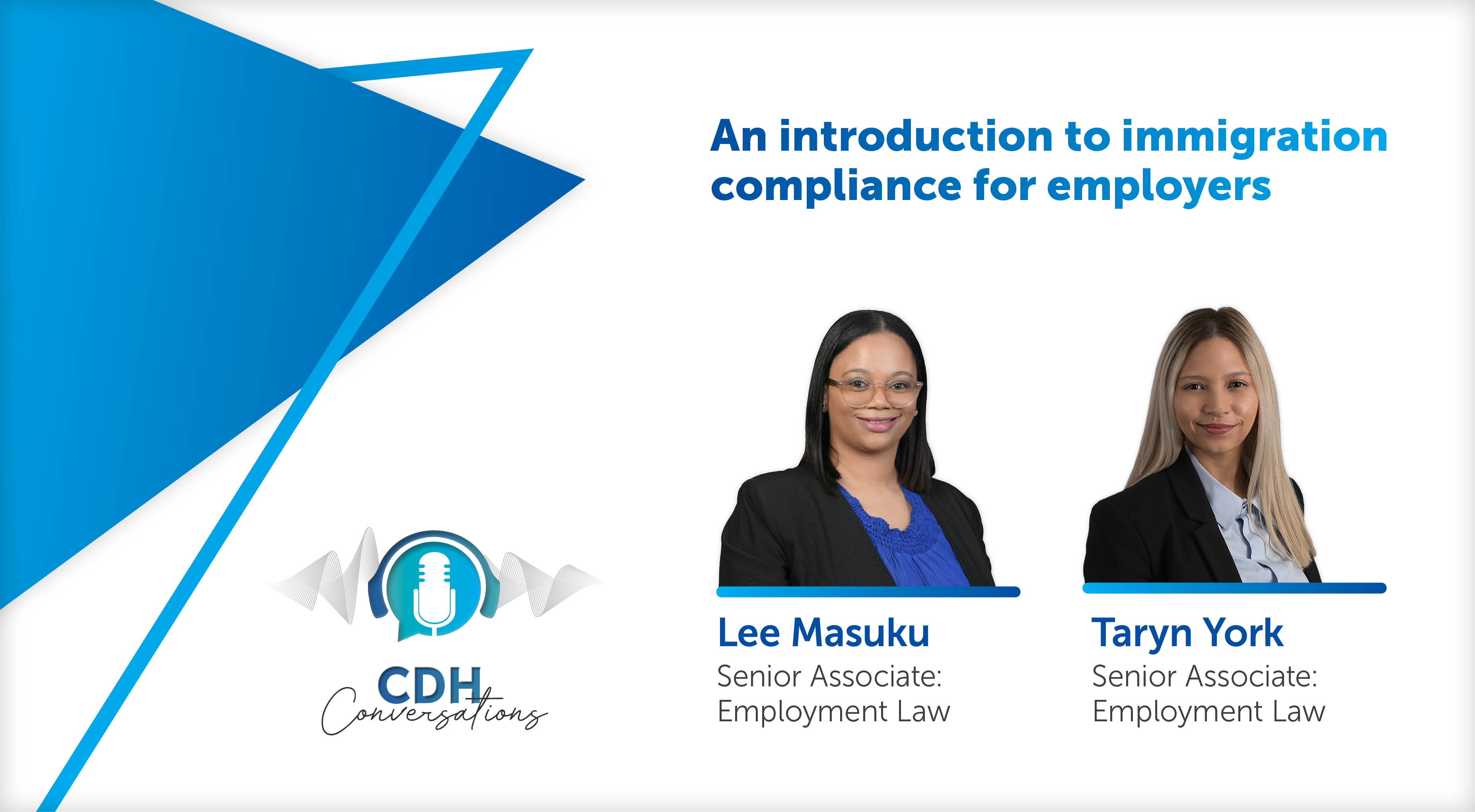Getting in with the wrong crowd: A further look at Common Purpose
At a glance
- Conduct during strike action in South Africa must be lawful and peaceful, as stipulated by the Labour Relations Act. However, emotional charged situations can lead to misconduct by some employees.
- The principle of common purpose is often invoked to implicate other individuals in cases of misconduct during a strike. This principle has been criticized and seen as a violation of the presumption of innocence.
- In the case of NUMSA obo Aubrey Dhludhlu and others v Marley Pipe Systems SA, the Labour Appeal Court upheld the finding that 148 employees, including 41 unidentified individuals, acted with common purpose in associating themselves with a violent assault during a strike. The court held that intent could be inferred from their conduct and upheld the initial judgment.
The question that arises in these cases is whether the misconduct of some can implicate other individuals if they associate themselves as members of a group acting towards a common purpose.
The principle of common purpose has received much criticism and has even been termed by courts as a violation of the fundamental idea that a person is presumed to be innocent until proven guilty.
The Labour Appeal Court (LAC) judgment of NUMSA obo Aubrey Dhludhlu and 147 others v Marley Pipe Systems SA (Pty) Ltd looked, once again, at the issue of common purpose.
In this case, employees embarked on an unprotected strike due to dissatisfaction with the employer’s stance on wages. During the strike, the head of human resources attempted to engage the striking employees but was seriously assaulted. He was pushed out of a glass window, had rocks thrown at him and was punched and kicked while he lay on the ground.
The Labour Court found that all 148 employees who were identified as being on site had acted with common purpose in associating themselves with the events on the day. It noted that it was unnecessary to place each employee at the scene to prove common purpose, which could be established by inferential reasoning regarding the conduct of the workers before, during and after the incident of violence.
This case was appealed by 41 of the employees who were not identified through direct evidence as having been part of the group that assaulted the head of human resources. The employer relied on the fact that the 41 employees had been placed on the scene of the assault through clocking in records and were absent from their workstations, and that it had video footage which showed the entire crowd moving to the offices where the assault took place.
The LAC held that if an employee knows or foresees that misconduct will ensue but still actively associates themselves with it, the requisite intention exists, and they should be held to have committed the misconduct. The 41 appellant employees were proven to have held such intent, and the initial judgment was upheld.
The information and material published on this website is provided for general purposes only and does not constitute legal advice. We make every effort to ensure that the content is updated regularly and to offer the most current and accurate information. Please consult one of our lawyers on any specific legal problem or matter. We accept no responsibility for any loss or damage, whether direct or consequential, which may arise from reliance on the information contained in these pages. Please refer to our full terms and conditions. Copyright © 2025 Cliffe Dekker Hofmeyr. All rights reserved. For permission to reproduce an article or publication, please contact us cliffedekkerhofmeyr@cdhlegal.com.
Subscribe
We support our clients’ strategic and operational needs by offering innovative, integrated and high quality thought leadership. To stay up to date on the latest legal developments that may potentially impact your business, subscribe to our alerts, seminar and webinar invitations.
Subscribe




